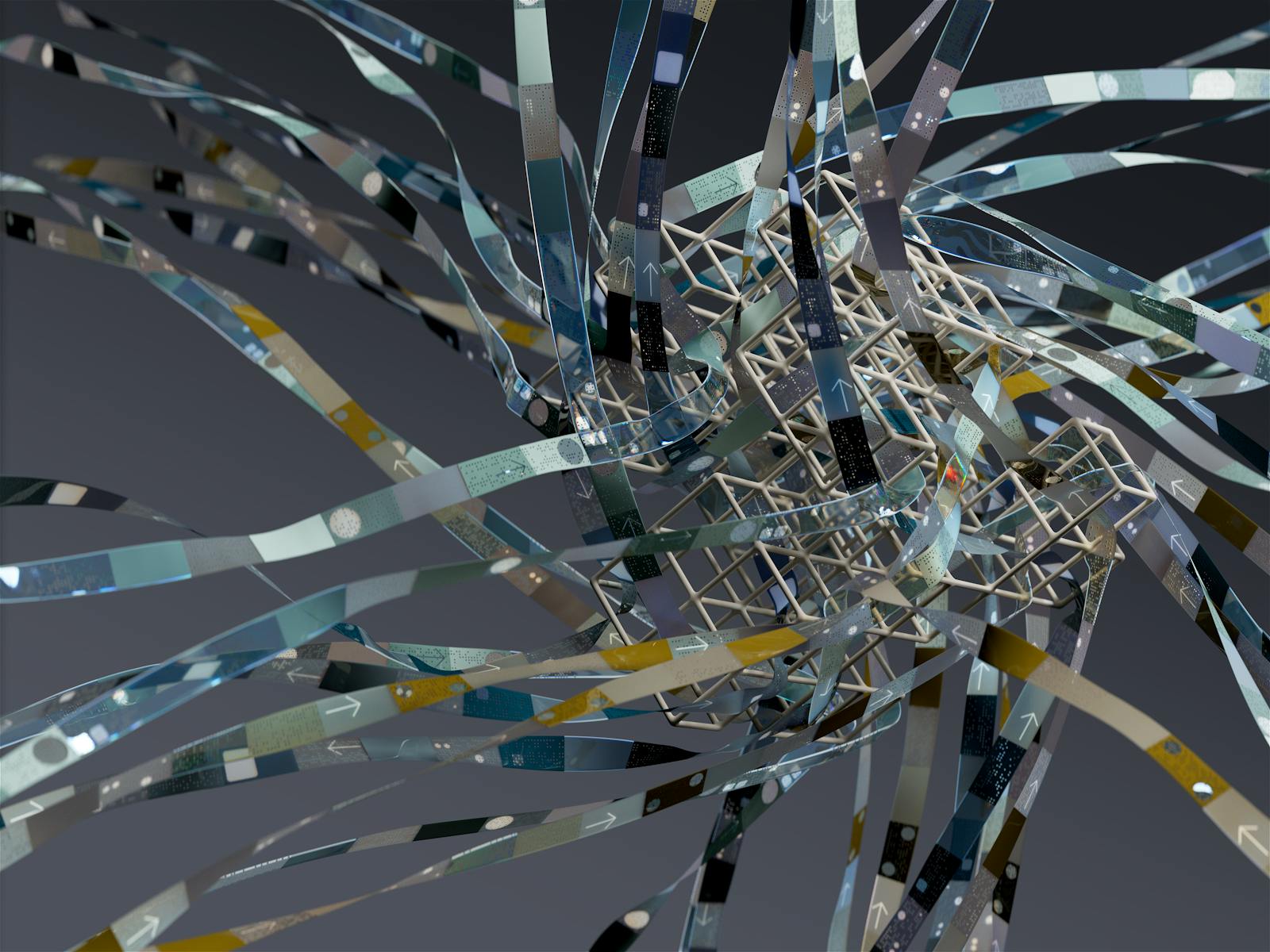
If you’re wondering how to start learning graphic design, you’re not alone. Graphic design is an exciting and dynamic field that blends creativity with technology. Whether you’re exploring it as a career change, side hustle, or creative outlet, understanding the path can help you save time and learn effectively.

In this complete step-by-step guide, we’ll show you how to get started with graphic design, master essential skills, and eventually build a successful design career.
“`
Also read: How to Create a Design Portfolio That Gets You Hired
Step 1: Understand the History of Graphic Design
Knowing the history of graphic design gives you context for why modern trends exist. By studying design movements like Bauhaus, Swiss Style, and the rise of digital media, you’ll gain a broader understanding of how design has evolved and continues to influence communication and branding.
- Explore books like Graphic Design: A New History and Meggs’ History of Graphic Design.
- Watch documentaries such as Helvetica or Abstract: The Art of Design on Netflix.
Step 2: Learn the 5 Basic Principles of Graphic Design
Good design is rooted in solid principles. Mastering these five design principles helps you build visually appealing and effective graphics:
- Alignment: Keeps content visually connected.
- Repetition: Reinforces a cohesive look and branding.
- Contrast: Creates emphasis and visual interest.
- Hierarchy: Guides the reader’s attention.
- Balance: Distributes visual weight evenly across the layout.
Step 3: Enroll in a Graphic Design Course

Enrolling in a structured course can provide clarity, direction, and certification. Look for beginner-friendly courses on:
Make sure the course covers industry tools, theory, and portfolio-building projects.
Step 4: Understand Typography

Typography affects readability and emotion in design. Learn the anatomy of fonts, the purpose of different font families, and how to create harmony between text and visuals. Pair your studies with exercises on kerning, line spacing, and combining typefaces.
Step 5: Master the Basics of Color Theory
Color theory helps you choose colors that work well together and communicate the right message. Use tools like Adobe Color or Coolors to create palettes. Understand warm vs. cool tones, complementary colors, and how colors evoke emotions.
Step 6: Learn Graphic Design Terminology
Get familiar with essential terms like:
- Golden Ratio – For proportion and layout harmony.
- Kerning/Leading/Tracking – For font spacing and readability.
- Grid System – Used for layout balance.
Step 7: Master Design Software

Professional designers use tools like:
- Adobe Photoshop – For image editing and digital art.
- Adobe Illustrator – For logos and vector art.
- Adobe InDesign – For multi-page layouts.
- Figma – For UI/UX and collaborative work.
Also explore free tools like Canva for basic design projects. Check out our article Top 10 AI Tools Every Graphic Designer Should Know.
Step 8: Find Creative Inspiration
Get inspired by browsing platforms like:
Step 9: Build Your Online Presence
Create a personal brand by sharing your designs and process on Instagram, LinkedIn, and portfolio sites. Consider using The Creatinest to host your portfolio or blog about your design journey.
Step 10: Publish Your Work on Design Platforms
Submitting your work to curated design platforms improves visibility and builds authority. Try contributing to:
Step 11: Join Design Communities and Network
Connect with other creatives via:
Step 12: Explore Career Paths in Graphic Design
Graphic design offers a range of job roles including:
- Brand Identity Designer
- UI/UX Designer
- Packaging Designer
- Social Media Designer
- Motion Designer
Visit Graphic Design Jobs on various platforms to find freelance or remote work opportunities.

Step 13: Stay Consistent and Keep Growing
Like any creative skill, consistency is key. Follow industry blogs, take design challenges, and continuously update your portfolio. Consider setting monthly goals or joining a design mentorship program.
FAQs
- Do I need a degree to become a graphic designer?
- No. Many professionals are self-taught through online courses, tutorials, and practice.
- How can I build a beginner portfolio?
- Start with personal or mock projects, redesigns, or volunteer work. Share it online consistently.
- Where can I find freelance clients?
- Try platforms like Upwork, Fiverr, Freelancer, and The Creatinest’s freelancer listings.
- How long does it take to become a graphic designer?
- With consistent effort, you can become job-ready in 6 to 12 months.
- What’s the difference between UI and UX?
- UI is visual design; UX is how users experience a product. Both work together in digital design.
- Can I start graphic design as a career change?
- Absolutely. With dedication and learning, many people transition from other fields successfully.
Final Tip: Stay curious, create often, and explore new tools and trends. Your unique perspective is your biggest strength in graphic design.
“`




2 thoughts on “How to Start a Career in Graphic Design (Beginner’s guide).”